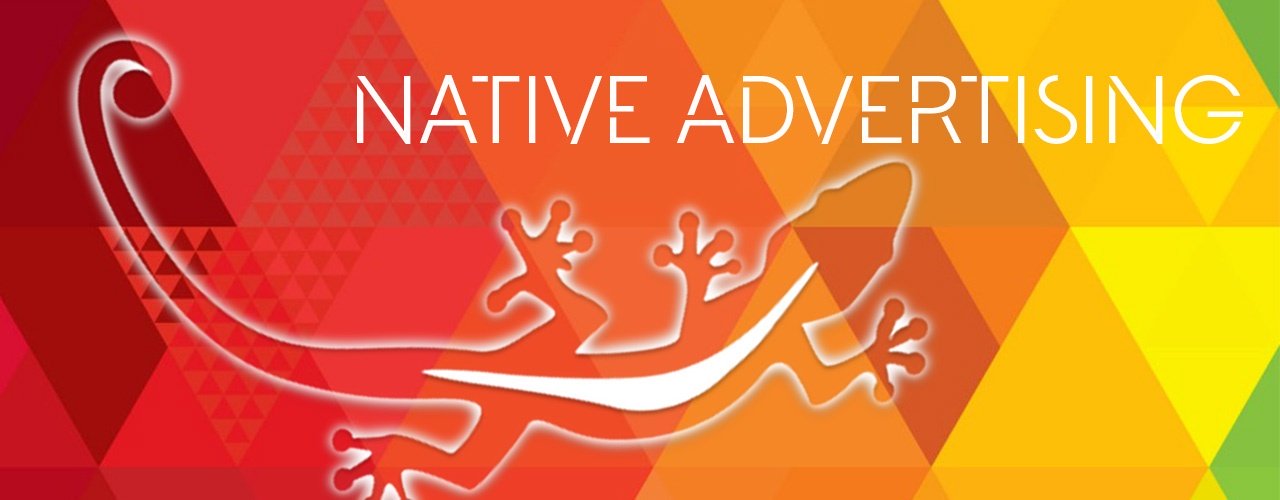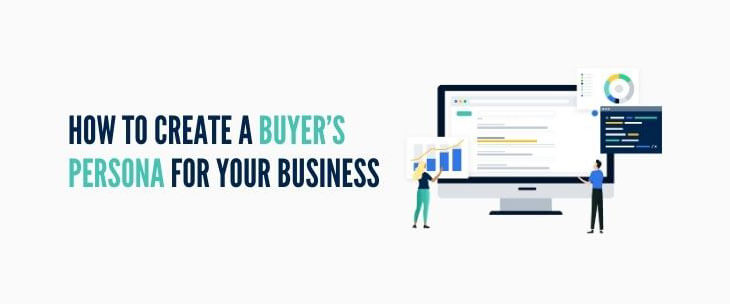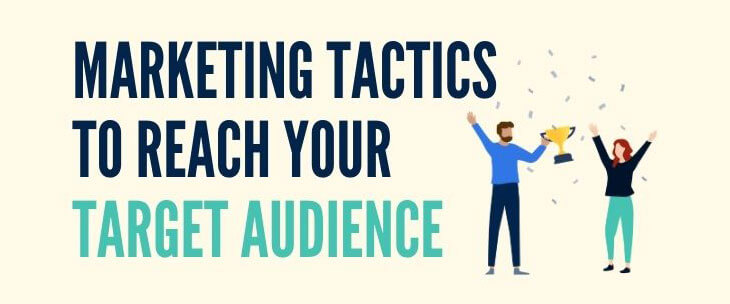As consumers, we encounter native advertising on a daily basis. Defined by Sharethrough as “paid media where the ad experience follows the natural form and function of the user experience where it is placed,” native advertising comes in the form of various media, from boosted Facebook posts, to YouTube ads, or even (your favorite!) PPC advertising.
Native advertising is so effective for reaching and engaging consumers, it has been adopted in most areas of the web and will likely continue to morph over time. With predictions that Google is working on a strategy for providing support to small businesses for serving sponsored content on publisher websites, now is a great time for some background to get you thinking about ways to work it into your marketing mix.
So what is native advertising? What are the growth possibilities, and why is it so effective? Far from simple, the many iterations of native advertising are shrouded in — to borrow a phrase — at least 50 shades of gray.
1. Advertising has evolved with media.
Joyce Manalo of Contently writes that instances of “advertorials” — began showing up in the magazines and newspapers around the 1900s. Branded radio arrived in the 20’s, sponsored radio programs shortly after, and then came TV in the 50s and 60s, infomercials in the 80s, and then came the Internet. We have seensearch ads since in the 1990s, and in the past ten years, more social media and sponsored web content..
Basically, this shows us something we already know: that advertisers follow media trends, which isn’t surprising in the least. And with more and more publishers needing to find ways to monetize their content, it’s no surprise that the two have continued to work together.
2. A native ad blends in, but doesn’t wear a disguise.
We see native advertising so often now, it’s hard to make a distinction between native and just plain advertising. In its various forms, native advertising done right is advertising that has found a clever, convenient, or useful way to be visible to its audience — but that is clearly labelled as an advertisement, not disguised as content.
In an awesome piece by ThinkSEM’s Sarah Danks, she clarifies that not all ads featured on different publisher’s websites are natives — just the ones that mimic the content present on that site. Native ads must clearly be ads and not content (this would make it guerilla advertising).
The best way to tell if a piece of content is sponsored is to look for the brand name. Also, since the goal of advertising is to drive some sort of response, it will likely contain a call to action, however indirect, along with a plug for the brand who paid for it. .
3. Native ads are found basically everywhere online.
From Danks’ article, here’s a list of types of advertising technically designated as native ads by theInteracting Advertising Bureau’s Native Advertising Playbook.
- In-feed Units — Forbes, Yahoo!, Facebook, Twitter
- Paid Search Units – AdWords, Bing Ads
- Recommendation Widgets — paid content recommended to you around the web
- Promoted Listings — Amazon, Etsy, Yelp
- In-ad (IAB Standard) with Native Element Units — ads sold with a guaranteed placement, contain contextually relevant content, and links to an offsite page.
- Custom/”Can’t Be Contained” — advertisers’ imaginations running wild.
4. Native advertising can expand your reach.
According to Danny Wong, a marketer who wrote about sponsored content for Huffington Post. Based on stats provided by Wong, users are gravitating toward sponsored content rather than traditional ads, and 70% of individuals would rather learn about a product through content than traditional ads. And this past summer, AdWeek’s Christopher Heine reported that 46% of advertisers polled say that native advertising meets their branding objectives.
5. You can spread your brand while seeking conversions.
Beyond branding, native advertising can generate a direct response. Wong also mentions that in a native advertising campaign for GE (Beeby Clark +Meyler), more than 5.1 million people were reached and the ads received 416,000 clicks. Just like other online advertising, the user’s ability to go directly to your site from the ad means that you can still drive traffic and conversions.
6. Use responsibly for best results.
We are all consumers and therefore, we all turn to service providers when we want to fulfill a need — i.e., fix a plumbing issue, buy something, or get a ride to the airport. Most people are not bothered by ads that are actually helpful and relevant — or that provide you information. If you’re brand name isn’t visible, you’re not going to get much business.
But when attempting native advertising using content, offering content that is relevant and useful is key. If you misuse your online advertising capabilities, you will be called out, like the Atlantic was for a native Scientology ad, and you could be mentioned in articles like these or hilarious listicles until the end of time. Or worse — you could lose credibility in your field. I recommend doing your research and hearing what the professionals have to say on this one.
All the best!

Logical Position, an Inc. 500 digital agency supporting 5,000+ clients across North America. LP is the proud recipient of Google’s Lead Generation Premier Partner of the Year and Microsoft's Global Channel Partner of the Year 2024! The award-winning agency offers full-service PPC management, SEO, Paid Social, Amazon and Creative Services for businesses large and small. As a Google Premier Partner, Microsoft Elite Partner & Meta Business Partner, LP is in the top 1% of ad spend managed across platforms.



